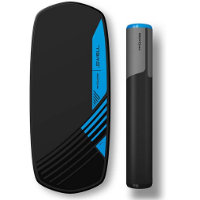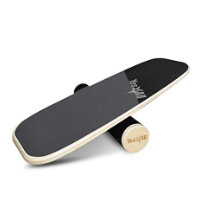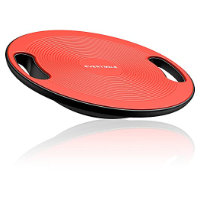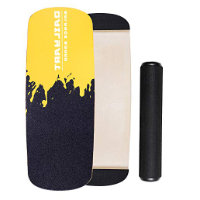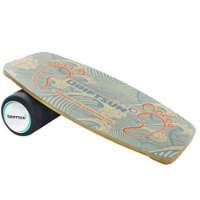How to Perform at Your Peak and Prevent Kitesurfing Accidents?
Kitesurfer's Physical Training is the best way to enjoy the sport at best
Kitesurfing is an exciting, adrenaline-pumping and shape-building sport that is one of the fastest growing in the world. It was once considered a niche extreme sport, but it can really be practiced by anyone nowadays. Learning how to kiteboard has in fact become quite easy thanks to the new evolution in technology that made the sport safe and accessible to all.
While easy accessibility makes kitesurfing more and more popular, it can also raise some risks to the beginners, who might not be in great shape and could find themselves in a difficult situation in an open water or in a wavy sea due to their lack of physical preparation.
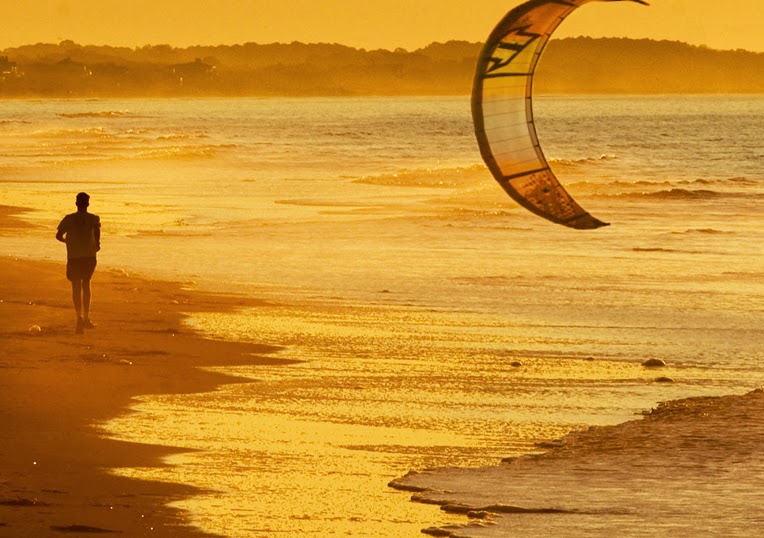
A good physical shape is not only necessary for your great performance during a kitesurfing session, but it’s even more important in preventing accidents.
If you think that kitesurfing happens only when you are riding your board through the water, you might be misled to imagine that you don’t really need big physical effort to do that. However, it’s still a very active water sport, where high speed is involved, so let’s imagine what would happen when things get more complicated: for example, you fall in the water, there are waves, and your board is floating quite far away from you. It might take you a few minutes of bodydrag upwind to retrieve it. In this case you’ll get tired much faster than when you are simply riding and, most importantly, you will be in a difficult situation.
Another perfect example in which you might need some physical strength is when you make a mistake while performing a trick or a jump, and crash in the water with a stronger hit than normal: in this case you’ll also need to be in a reasonably fit condition in order for your muscles to handle the body’s stress without too much impact.
So even if kitesurfing has become a safer sport, it has still to be considered extreme, and for that reason we should pay a lot of attention to our physical training before we take it on.
In this post I won’t want talk about specific exercises, as there are infinite tutorials on YouTube and in many kitesurfing forums. What I am pointing out is what you want to achieve with your exercise in order to make the best of your kitesurfing session, and all you have to do is choose the kind of exercise that best fits your taste and physical situation.
The improvements in your fitness you want to reach are basically three: a good aerobic and cardiovascular condition, a muscular empowering and flexibility and a strong proprioceptive capability.
1. Good Aerobic Fitness
1. Good aerobic and cardiovascular condition is necessary for higher endurance during a kitesurfing session and for improved cardiac and breathing capability. This will allow you to have longer kitesurfing sessions and faster recovery between them. It’s up to you to choose your favorite technique to develop this aspect of your overall physical condition: you can choose various disciplines, such as jogging, biking or swimming.
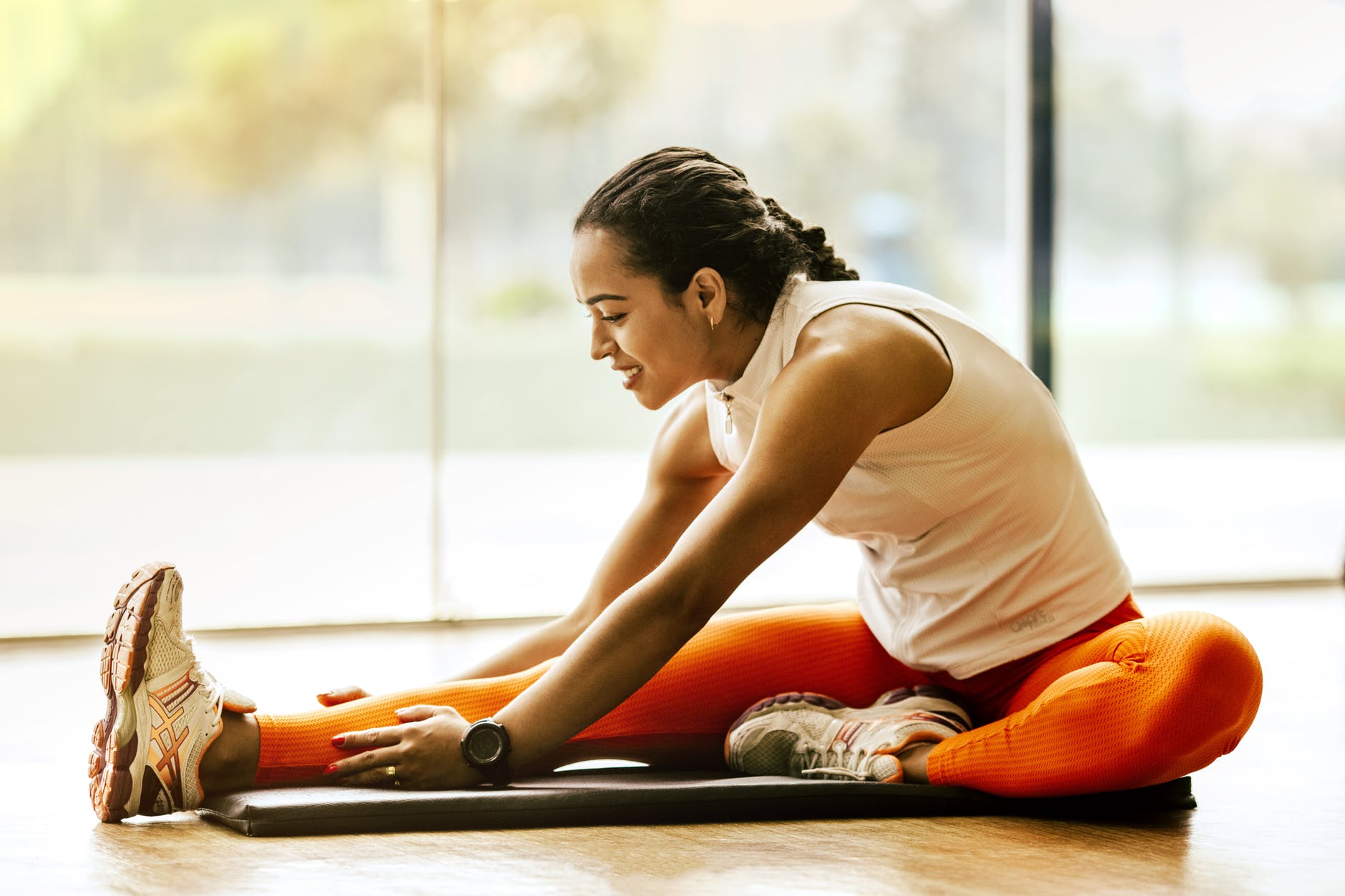
2. Muscle Mass
2. The second improvement in your fitness is as important as the first one and involves the development of muscular mass, but not as intended in bodybuilding, where athletes go for hypertrophic muscle development. As kiters, we are interested in the so-called Power Flex Training. The practice of kitesurfing requires strong muscles that are elastic and resistant at the same time. So working out with big weights and small extensions isn’t exactly the ideal approach: it’s much more useful to practice strength exercises that result in considerable muscular stretching. Any good physical trainer can teach you many of these exercises. Don’t forget that you also have to focus on the muscles you’ll be using most in a kiteboarding session: the abdominal and dorsal ones, arms and legs. The goal is to achieve a strong, flexible and resistant muscular structure.
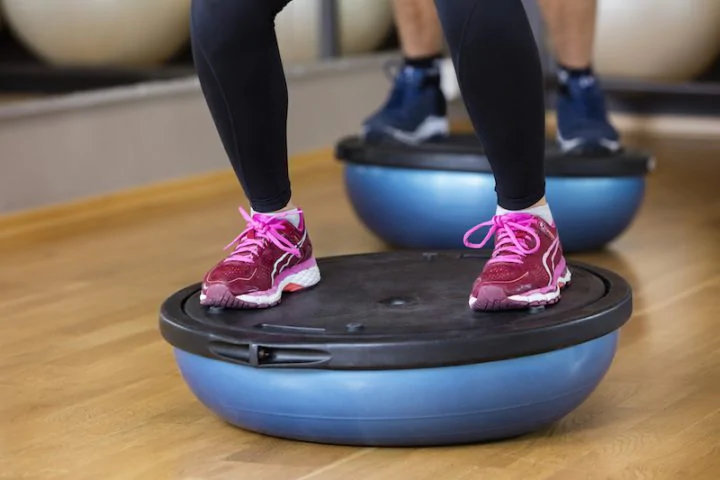
3. Proprioceptive Capability
The third ingredient, the proprioceptive capability, might seem a little strange, but some experts who gave their opinion for this post seem to favor this as one of the most important aspects in physical training of a kitesurfer. Having a good proprioceptive capability means a better reaction to balance loss. When we move and lose our balance (I’m sure sounds quite familiar to all kitesurfers), the faster we activate the muscles that restore us back to balance, the less chance of stress or damage to our body’s muscles and joints. In other words, when we lose control of our body’s position, it might lead us to move and stretch a muscle of a joint beyond the physiological range, causing damage, so the capability to contract the muscles before the balance loss happens can prevent it. To develop these skills we must focus on our legs, and there are various methods to do so: the basic concept is to try to keep our balance in a very unstable situation. For example, try keeping the balance one leg at a time on a platform with a semi-sphere on its bottom. These exercises don’t require more than 10 minutes per day, and after a couple of weeks the results are very good: you won’t twist your ankle even if you fall into a hole on the pavement!
Balance boards are great tools to improve our proprioceptive skills, and on the market, there are plenty of options:
So, let's Keep fit and enjoy Kiting!

Phone Cases
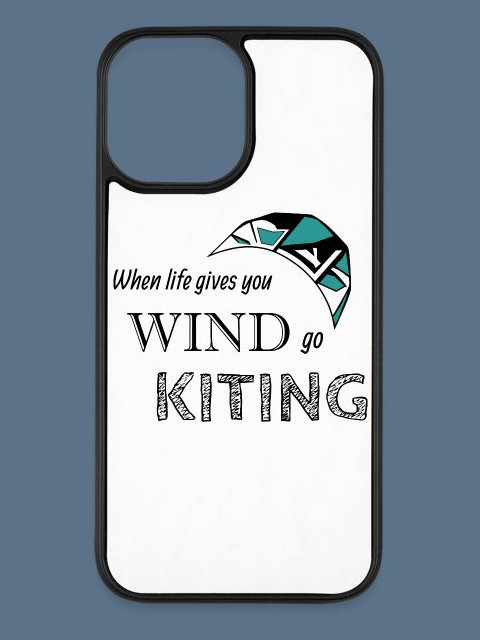
Logo: When life gives you wind go kiting
Promote your Kite School for free!
Index your Kite School in our database.
You will get free lifetime visibility on Kitesurf Culture website.
If you have a website, it will provide precious backlinks to improve your SEO ranking
Relevant Posts

Kitesurfing and Yoga: Why is it Such a Great Match?
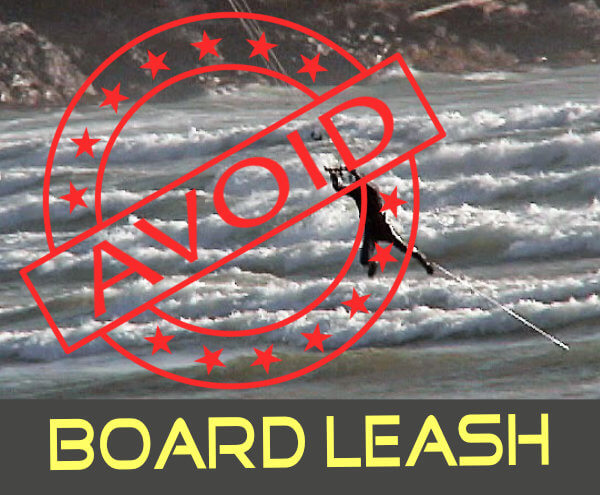
The easiest way to get injured while kitesurfing? Kiteboard Leash!
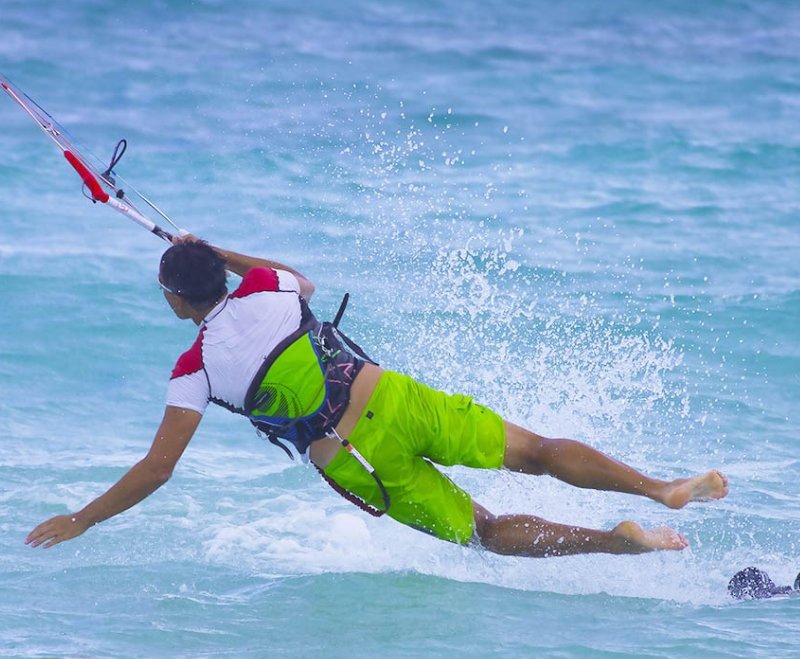
How To Overcome The Fear Of Kitesurfing
Get free Kitesurfing Resources and Tips
If you like our content and you want to be informed on the next blogposts release, please subscribe here. That will also help us to continue to provide quality content:
Give us your opinion.
Comments
Kite Obsession
I am glad to read your blog on "Kitesurfer’s Physical Training" Your tips for preventing kitesurfing accidents are highly appreciable. I recommended it to all!
7 years ago
Travel Mug
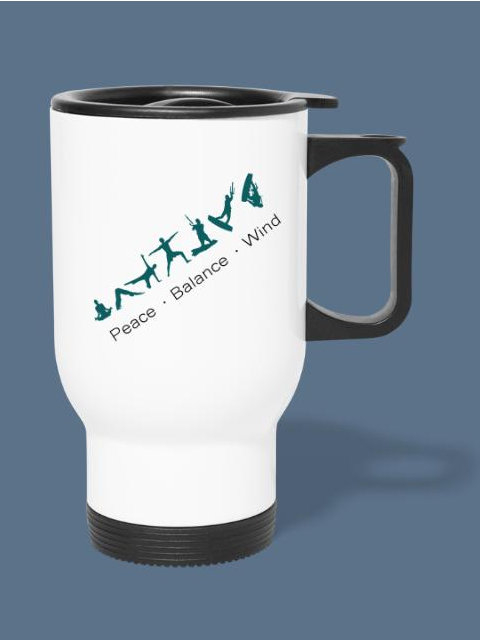
Logo: Peace Balance Wind
Promote your Kite School for free!
Index your Kite School in our database.
You will get free lifetime visibility on Kitesurf Culture website.
If you have a website, it will provide precious backlinks to improve your SEO ranking
Relevant Posts

Kitesurfing and Yoga: Why is it Such a Great Match?

The easiest way to get injured while kitesurfing? Kiteboard Leash!

How To Overcome The Fear Of Kitesurfing
Men's Performance T-Shirt

Logo: Kitesurfing making gravity optional since 1977
Latest Posts
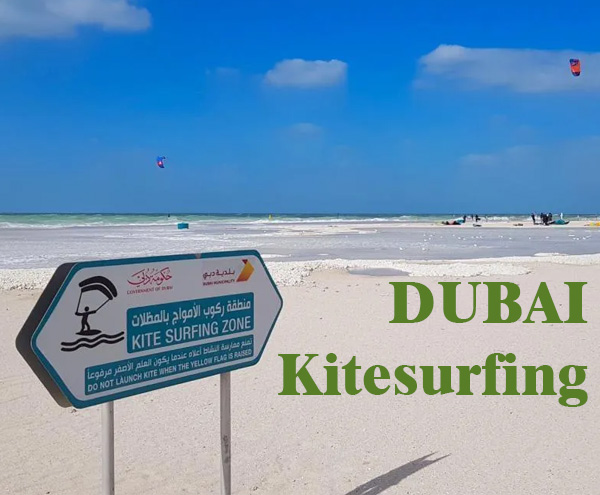
Kitesurfing Dubai: an honest guide. Tips, Spots & Winds
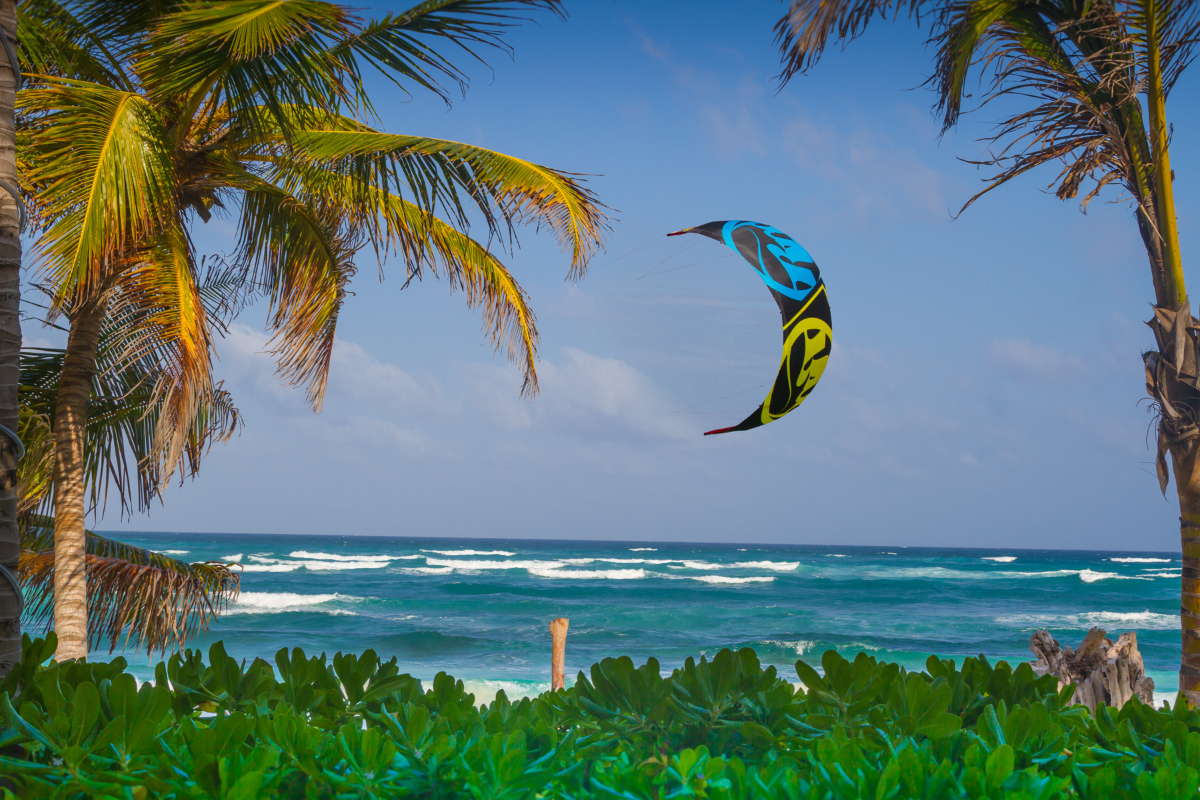
Unwind and learn: best beginner kitesurfing spots worldwide
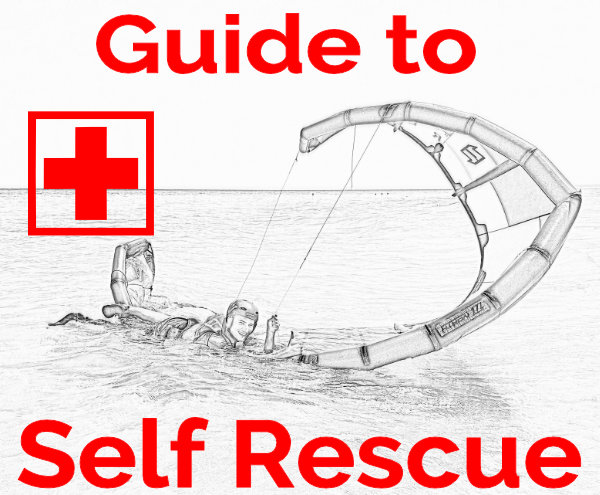
Self-Rescue in Kitesurfing: A Crucial Guide to Safety

Kitesurf Ometepe: an Epic Kite Trip to Nicaragua

Kitesurfing Spring in Andalucia: Unexpectedly Great!
